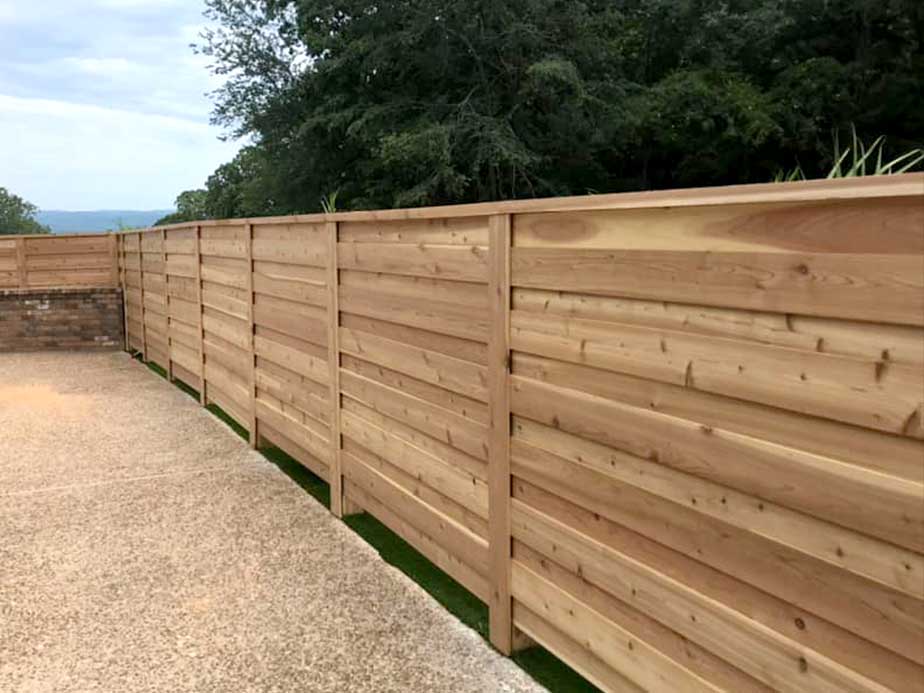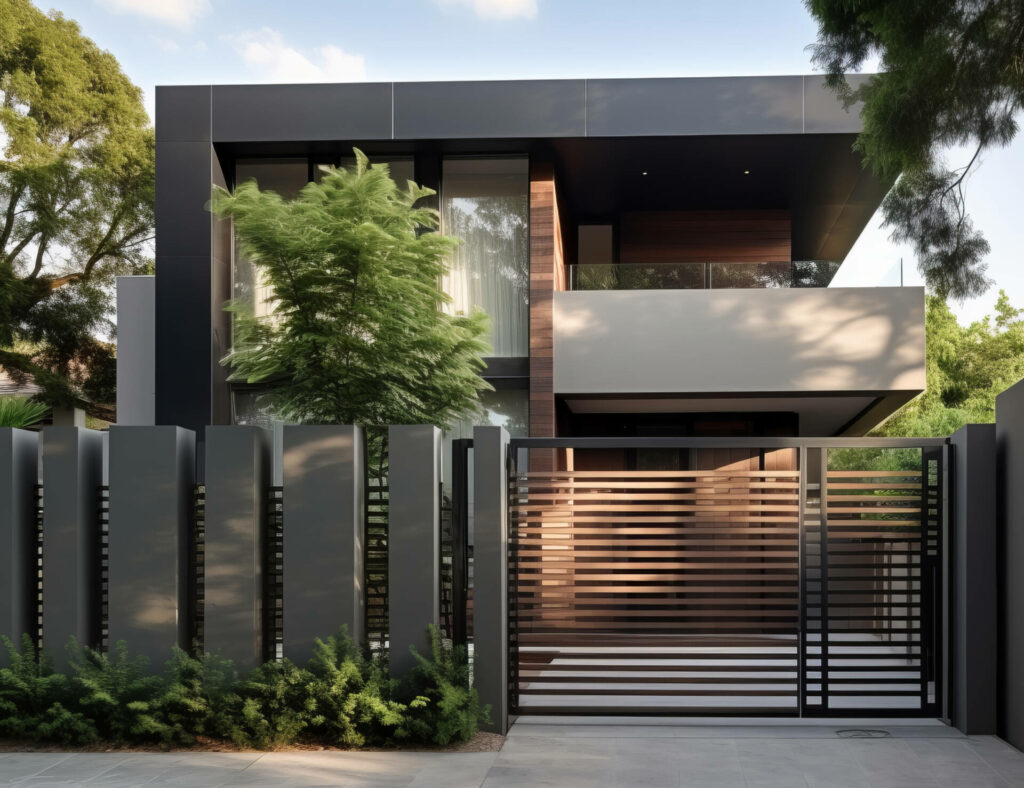All Categories
Featured

Selecting the ideal sort of fencing for your home is a considerable decision that can affect both the looks and performance of your room. Whether you're searching for personal privacy, safety and security, or just an ornamental attribute, there are numerous factors to think about when choosing the ideal fencing. Below are some key factors to consider to help guide your decision-making procedure.
- Figure out the Purpose of the Fencing. The very first step in picking the best kind of fence is to clarify its purpose. Different fencings serve different functions, and understanding your particular requirements will certainly aid narrow down your alternatives. Consider the following:
Privacy: If you're looking for privacy, a strong and tall fence such as timber or plastic will protect against spying eyes from seeing right into your lawn. Protection: For safety objectives, a strong, tall fence made of aluminum or steel can prevent intruders and supply comfort. Visual Charm: An attractive fencing made from wrought iron, aluminum, or picket-style wood can include beauty and aesthetic appeal to your residential property. Pet or Animal Control: If you need to contain pets or animals, a sturdy fence like chain link or wood may be necessary to avoid them from getting away. 2. Think about the Material. When you've developed the fencing's primary objective, it's time to choose the material. Each kind of material comes with its own set of benefits and obstacles. Here are some common materials to consider:
Timber: Timber fencings are flexible and adjustable, using personal privacy and a traditional appearance. They're suitable for standard homes or country buildings yet need normal maintenance to stop rot, parasite, or bending problem. Plastic: Plastic fencings are low-maintenance, durable, and readily available in a range of designs. They won't crack, warp, or fade, making them a great alternative for those that want a long-lasting, hassle-free fencing. Plastic can be much more expensive in advance than timber. Light weight aluminum: Light weight aluminum fences offer a streamlined, contemporary look and are sturdy, rust-resistant, and require minimal upkeep. Nevertheless, they typically do not supply as much personal privacy as timber or plastic, as the slats are frequently spaced apart. Chain Link: Wire mesh fence are commonly used for protection or to include family pets. They are budget-friendly and long lasting, but they don't offer much privacy or aesthetic allure unless you include slats or privacy displays. 3. Aspect in the Environment and Upkeep Demands. Your area's climate can substantially influence the lifespan and maintenance demands of your fencing. If you reside in an area with high moisture or regular rain, products like wood might need additional like prevent rot or mold growth. On the various other hand, vinyl and light weight aluminum fences are immune to the aspects and need much less maintenance.
Furthermore, think about the quantity of time and effort you're eager to commit to fencing upkeep. Wood fencings need regular discoloration or painting to maintain their look, while plastic and light weight aluminum require far less upkeep.
- Consider Toughness and Life-span. Consider the length of time you want your fence to last. , if you're looking for a fence that will certainly last for decades with little upkeep, vinyl and light weight aluminum are outstanding choices.. While timber fencings can last 10-20 years with proper care, they may not withstand the test of time as well as various other materials.
Likewise, consider your budget. Products like wood and chain web link often tend to be even more budget-friendly upfront, while vinyl and aluminum have a tendency to find with a higher initial cost yet use long-lasting longevity.
- Match the Fencing to Your Property Style. The type of fencing you pick need to enhance the general feel and look of your property. An appropriate fencing can improve your home's aesthetic allure, while a badly selected fence can interfere with it. :
Traditional Residences: A traditional wood picket fence or a functioned iron fence works well with older, more traditional homes. Modern Houses: For a contemporary look, sleek products like light weight aluminum or plastic can complement modern architecture. Country or Ranch Properties: A wooden or wire fencing might be excellent for rural homes or farms, where usefulness is just as vital as aesthetics. 6. Examine Neighborhood Regulations and HOA Standards. Before making your decision, inspect your local zoning laws and any type of HOA (Homeowners Association) guidelines to ensure that your preferred fencing follow height constraints, product needs, and other regional laws. Some locations have certain guidelines concerning the look of fencings, especially in domestic areas.

Conclusion. Choosing the ideal fencing for your residential or commercial property calls for mindful factor to consider of your requirements, spending plan, and the style of your home. Whether you're focusing on personal privacy, safety and security, or aesthetic appeal, there's a fence material and design that will certainly fit your requirements. By considering the elements outlined over, you can make an educated choice and choose a fencing that will enhance the performance and beauty of your building for many years to find.
Latest Posts
Enjoy Bayside Style at Deauville Inn's Sunset Deck
Published Apr 19, 25
1 min read
Montclare Auto Repair: A Reliable Auto Service Provider in Montclare
Published Apr 19, 25
2 min read
NAPA AutoCare Certified: Rely on Montclare Auto Repair for Excellence
Published Apr 18, 25
2 min read
More
Latest Posts
Enjoy Bayside Style at Deauville Inn's Sunset Deck
Published Apr 19, 25
1 min read
Montclare Auto Repair: A Reliable Auto Service Provider in Montclare
Published Apr 19, 25
2 min read
NAPA AutoCare Certified: Rely on Montclare Auto Repair for Excellence
Published Apr 18, 25
2 min read